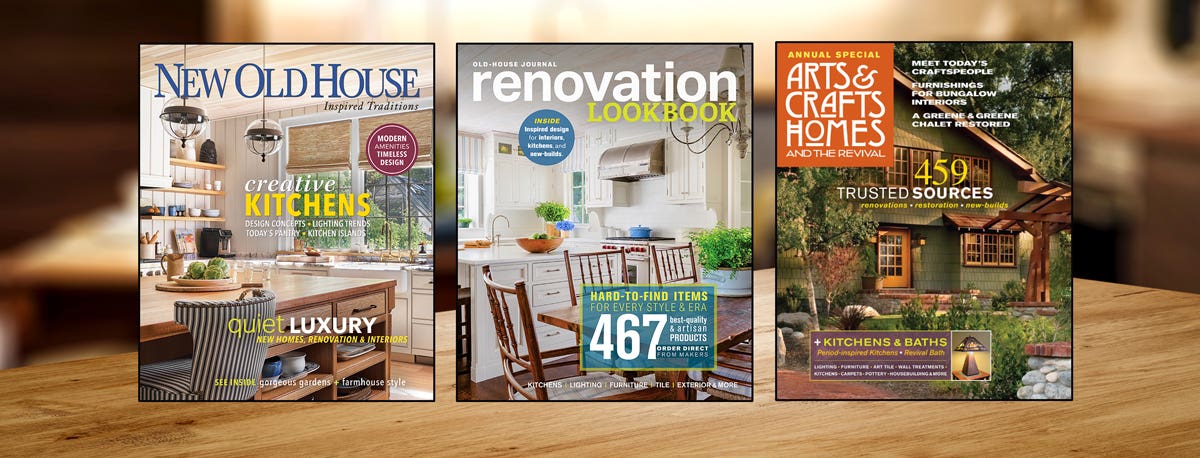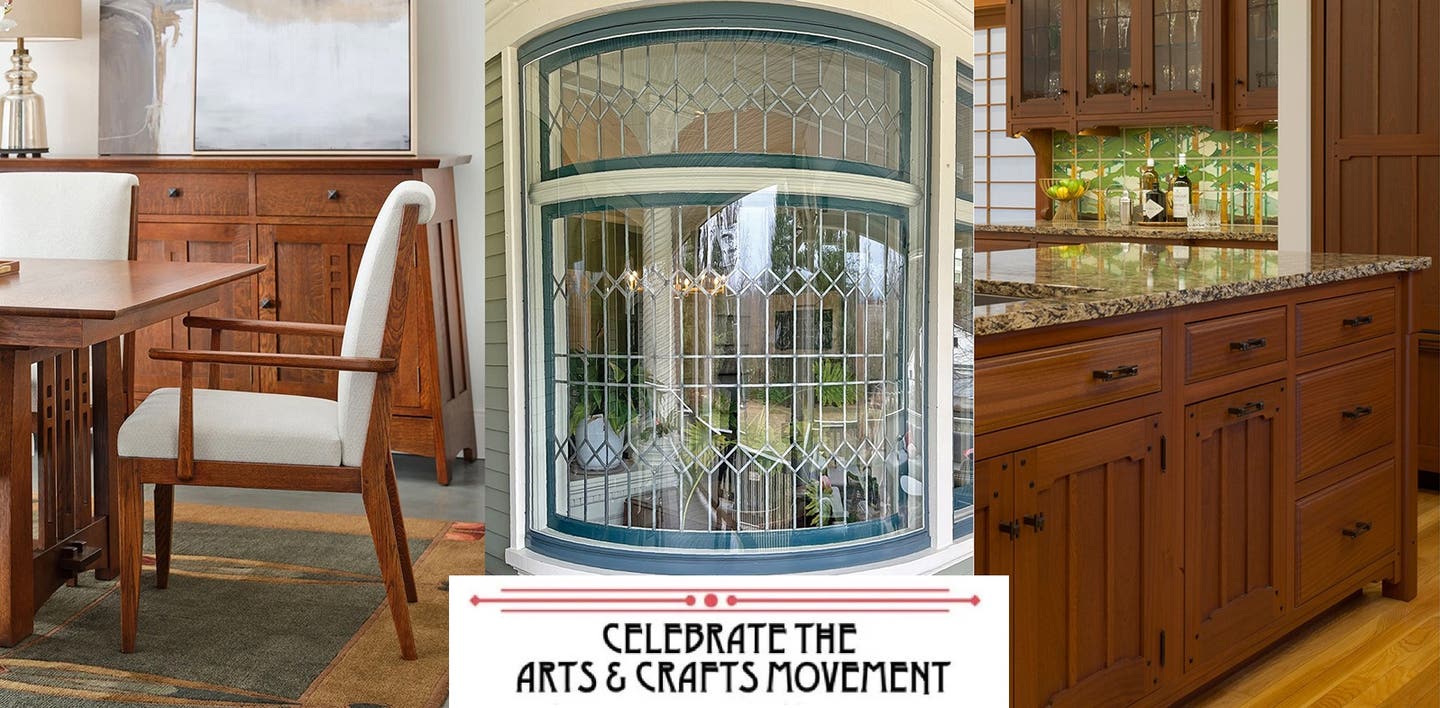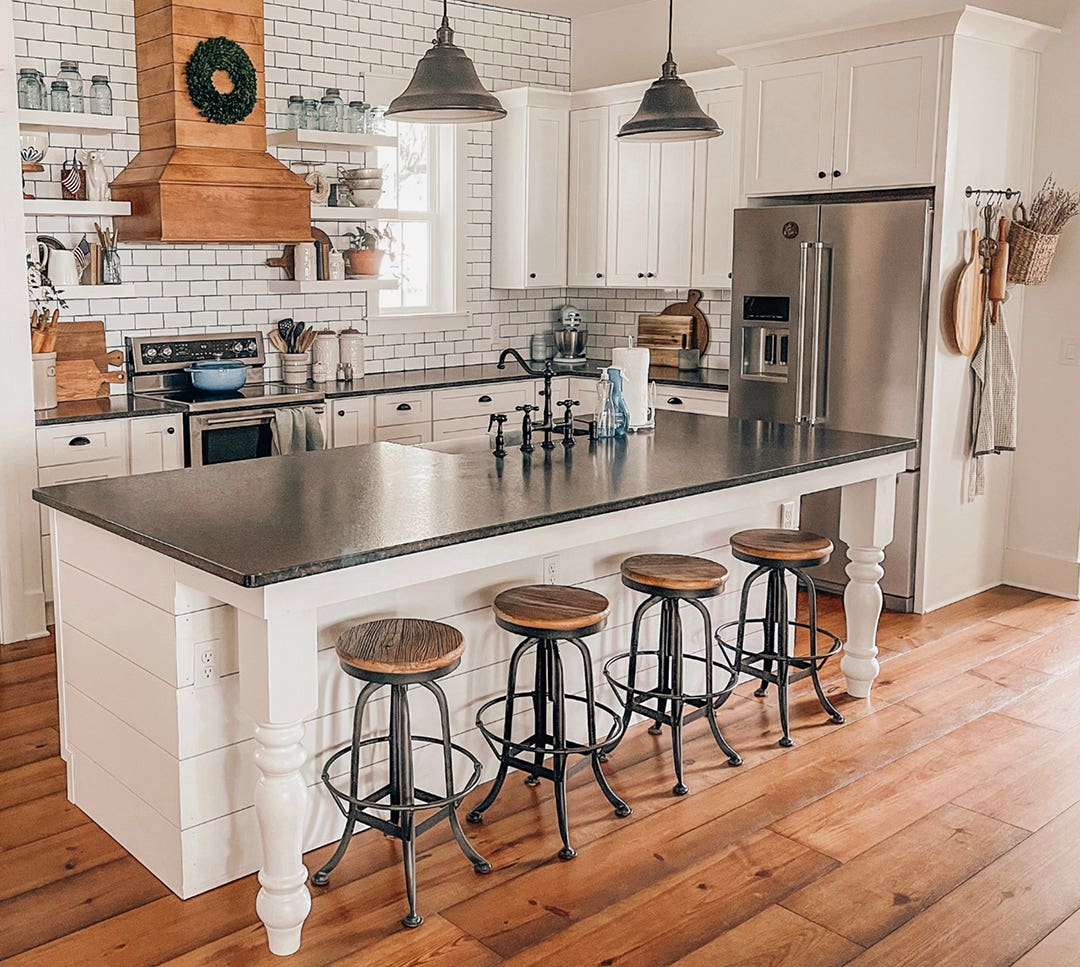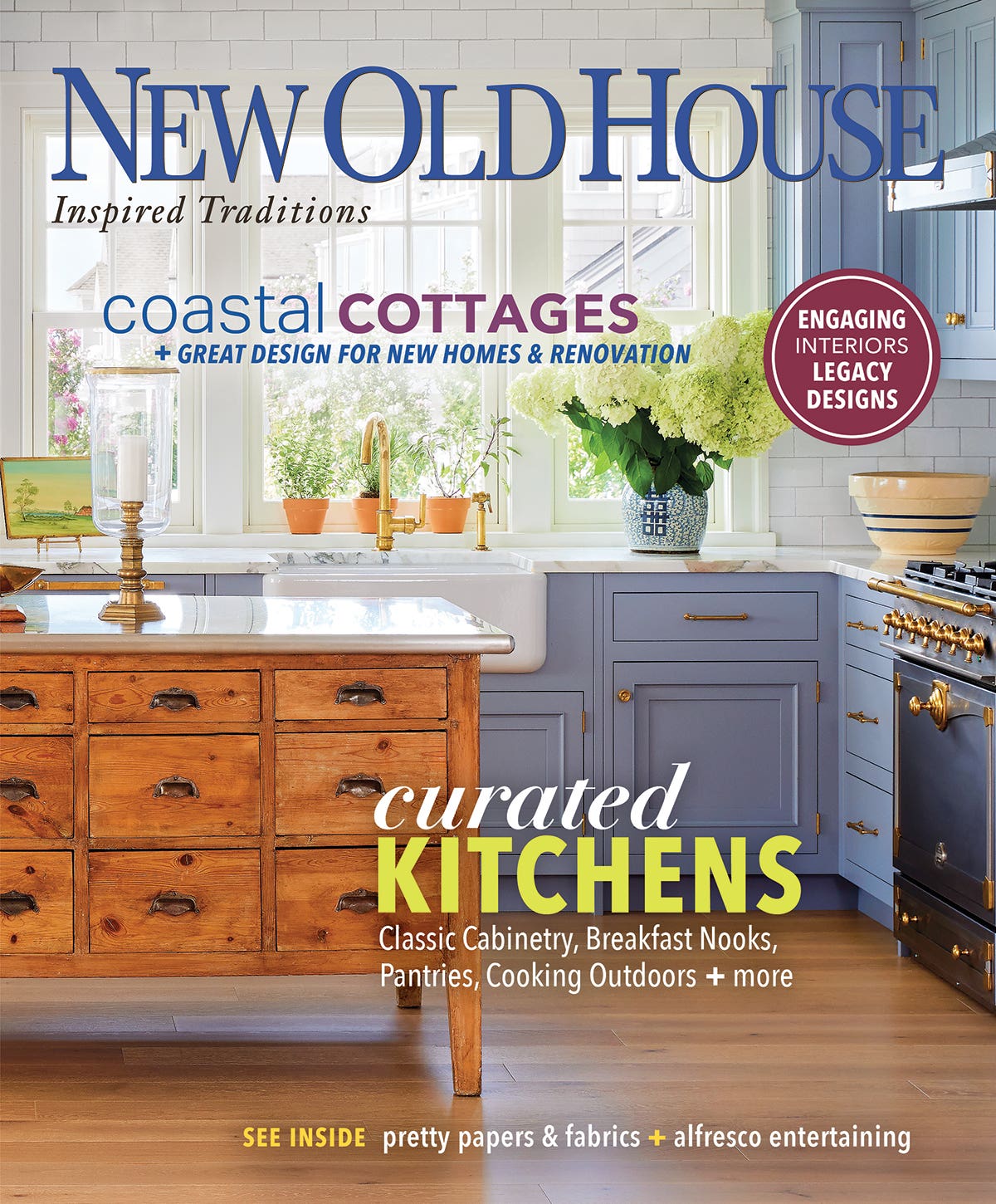Cobre Artisans
Fabrication of copper (cobre in Spanish) by the Purepecha people of central Mexico predates Arts & Crafts metalwork by centuries.
But serious interest in hammered copper made by indigenous people of Mexico dates to the recent revival. In 1994, Susan Hebert started Cobre Hand-Hammered Copper. “I’d been traveling since the early 1970s, mostly to states with strong Indian populations—Michoacan, Oxaca, and Chiapas—in appreciation of folk art. When I saw the Purepecha copperwork, I was sure people in the U.S. would love it,” she explains. (Cobre has fairly traded goods since 1994.)
The craftsmen don’t consciously serve the Arts & Crafts market. Some of the indigenous forms happen to dovetail with A&C motifs, whether by coincidence or prior crossing of ideas. “Over the years, some pieces were made specifically for me,” Hebert says, “based on an original or a piece of vintage pottery.” Each is signed.
The area’s copper mines have been closed for a long time. Today the smiths melt salvaged copper to rework it. Copper is heated over a fire, then hammered. The method produces a matte finish that’s deep reddish brown and it does not need polishing.
COBRE HAND-HAMMERED COPPER, Portland, Oregon: (503) 248-1111, ecobre.com
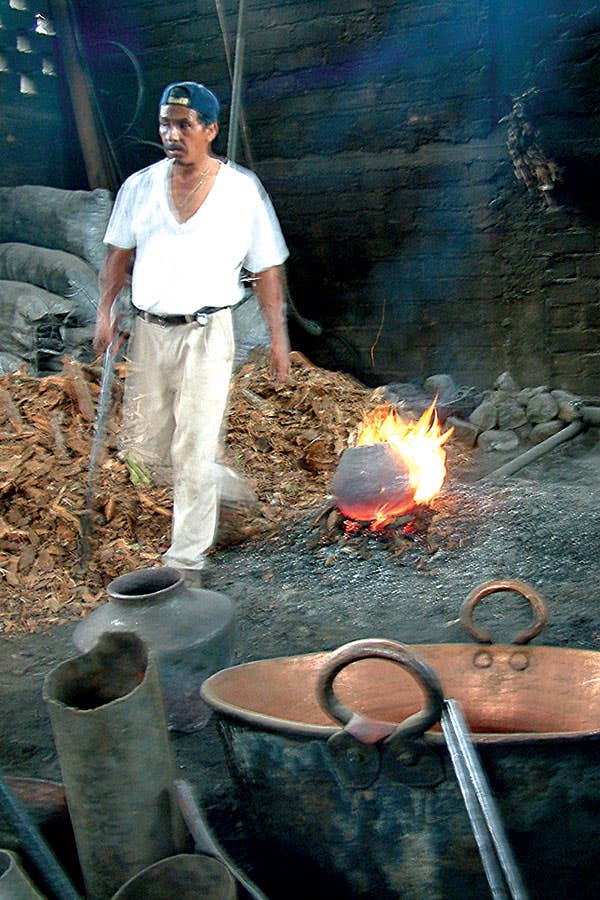
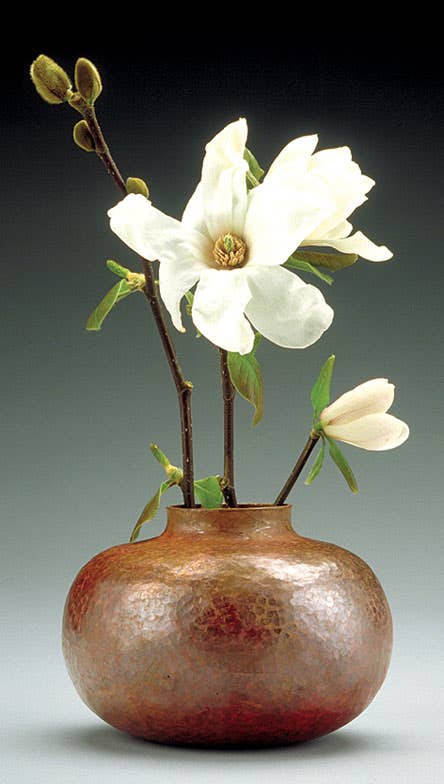
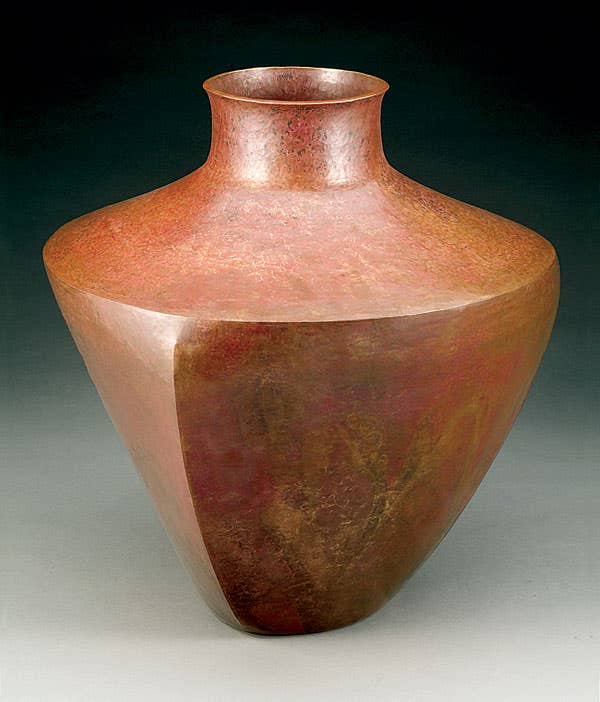
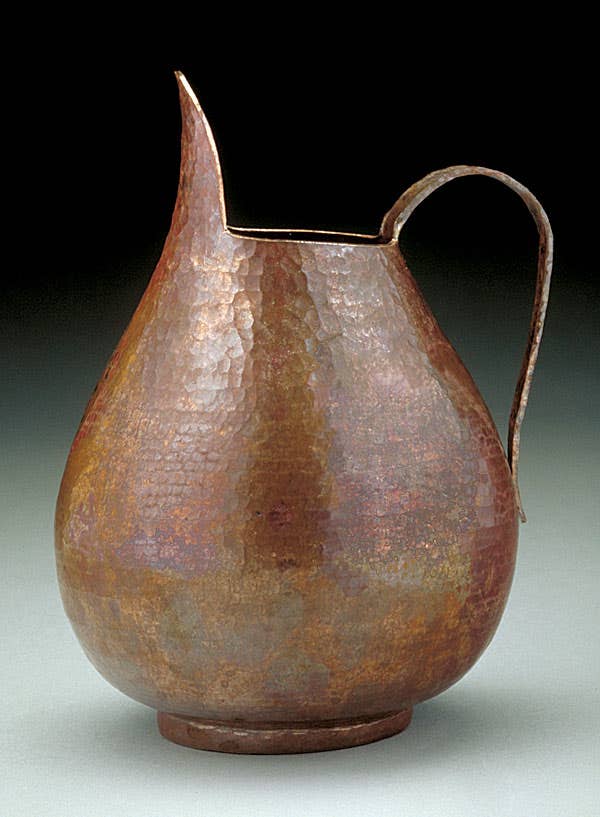

Arts & Crafts Homes and the Revival covers both the original movement and the ongoing revival, providing insight for restoration, kitchen renovation, updates, and new construction. Find sources for kitchen and bath, carpet, fine furniture and pottery, millwork, roofing, doors and windows, flooring, hardware and lighting. The Annual Resource Guide, with enhanced editorial chapters and beautiful photography, helps Arts & Crafts aficionados find the artisans and products to help them build, renovate, and decorate their bungalow, Craftsman, Prairie, Tudor Revival, or Arts & Crafts Revival home.



